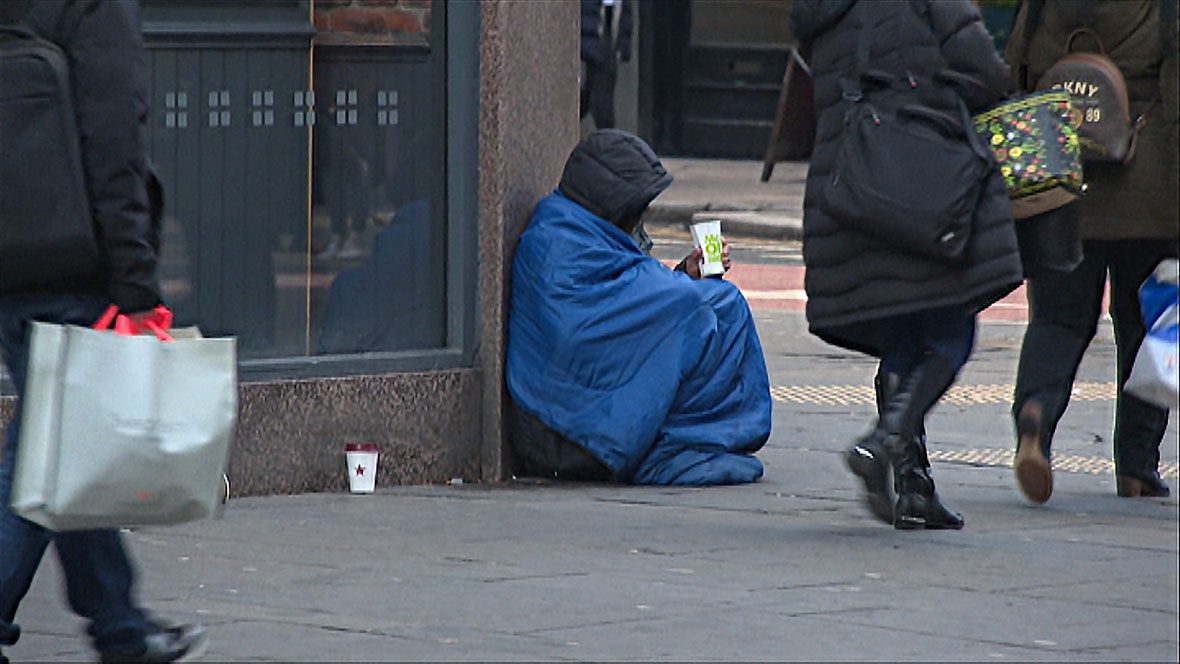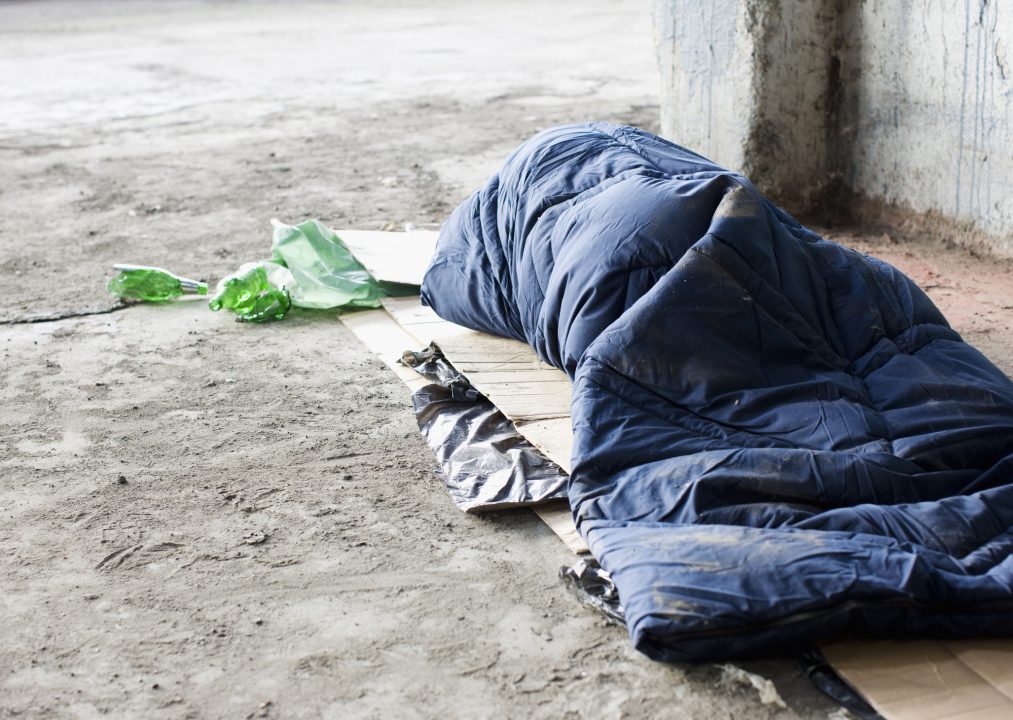Homelessness levels in Scotland are projected to rise by a third in the next two years without a significant change in policy, a new report has found.
The 2024 Scottish Homelessness Monitor – commissioned by homelessness charity Crisis in collaboration with Heriot Watt University – is part of a series providing the most in-depth study of homelessness levels in Britain.
It found that the number of people sleeping rough, living in hostels or using unsuitable temporary accommodation such as B&Bs, sofa surfing or sleeping in tents or cars would rise by 33% by 2026 unless both the UK and Scottish governments adopt new policies to respond.
While the recently announced uplift in Local Housing Allowance by the UK government will have some impact in the immediate term, unless it is continued beyond 2025 homelessness is expected to rise to similar levels.
Overall the study found that an estimated 18,400 households experienced a form of ‘core homelessness’ on any given day in 2022 – up by 11% since 2020.
The use of bed and breakfast hotels across Scotland grew by 124% in the three years to March 2023 (from 789 to 1,765) and lengths of stay in temporary accommodation are also rising.
But while the report projected a rise in levels of homelessness under present conditions, it also found that the right policy interventions would significantly reduce it.
A comprehensive package of measures including the UK Government raising the level of Housing Benefit, through tying Local Housing Allowance to the median rent, alongside new measures in Scotland to prevent homelessness, could reduce the worst forms by 56% by 2026.
It also found that increasing working age benefit levels alongside more specific measures to reduce destitution would drive down homelessness rates.
The report also surveyed local authorities, finding that more than half of councils (16 of the 30 which took part) reported that service user footfall had ‘significantly increased’ in 2022/23 compared with the previous year, with a further quarter (8) reporting that it had increased slightly.
 STV News
STV NewsAfter a decade of stability prior to the pandemic, temporary accommodation placements have escalated sharply, standing at an historic high of 15,060 as of March 31 2023, up 29% since March 2020.
The number of children in temporary accommodation rose 10% in the last year alone, to 9,595, the highest level on record.
Statutory homelessness presentations and acceptances fell during the Covid-19 pandemic, but have subsequently risen, continuing the pre-pandemic upward trend.
Responding to the report, Crisis called for strengthened prevention measures to stop people from being forced from their homes.
Following recommendations from the Homelessness Prevention Review Group, the charity has urged the Scottish Government to allow people to get help earlier, up to six months before they are at risk of homelessness, while also introducing new legal duties requiring public services to play a greater role in preventing homelessness.
The report found the proposals – expected as part of the upcoming Housing Bill – have strong support from local authorities, particularly plans to introduce new referral provisions for private landlords, new duties on social landlords to prevent homelessness and to extend local authorities’ duty to prevent homelessness to six months before it occurs.
But local authorities warned that any changes must be appropriately resourced.
Core homelessness refers to the population of people experiencing the most acute forms of homelessness. It can include people rough sleeping, sleeping in cars or tents, public transport, staying in unsuitable temporary accommodation or sofa surfing.
Matt Downie, chief executive of Crisis, said: “The risk of a significant rise in homelessness over the coming years should worry us all.
“We can’t just sit back and watch as more people are forced onto the streets, to sleep in cars or garages, or spent months or years trapped in emergency accommodation that just isn’t fit for their basic needs.
“It doesn’t need to be that way. Scotland has proven good policy can make a difference in the past, and it can do it again. As this report shows, by investing in homelessness services and by pushing on with plans to prevent homelessness, backed by adequate resource, the Scottish Government can stop that future from becoming a reality.
“We know what causes homelessness and we know how to end it. By working together, we can build a Scotland where everyone has a safe, secure place to call home.”
Dr Beth Watts-Cobbe, senior research fellow at Heriot-Watt’s Institute for Social Policy, Housing and Equalities Research, said: “This year’s homelessness monitor paints the picture of a system under huge strain – with rising numbers of people presenting as homeless over the past two years, reports of growing footfall from local authorities and intense challenges accessing accommodation to resolve people’s homelessness.
“It is acutely concerning that, after a decade of stability prior to the pandemic and despite a strong focus on rapid rehousing approaches, temporary accommodation placements have increased sharply, including a greater reliance on B&B-type accommodation.
“But while many of the trends revealed in the Monitor are worrying, the report also shows that projected rises in core homelessness can be prevented through a comprehensive response from policy-makers.
“Homelessness has been a major area of policy focus for the Scottish Government since 2017 and with the right commitment Scotland can reverse these trends and reduce homelessness.”
The Scottish Government has been contacted for comment.
Follow STV News on WhatsApp
Scan the QR code on your mobile device for all the latest news from around the country




























